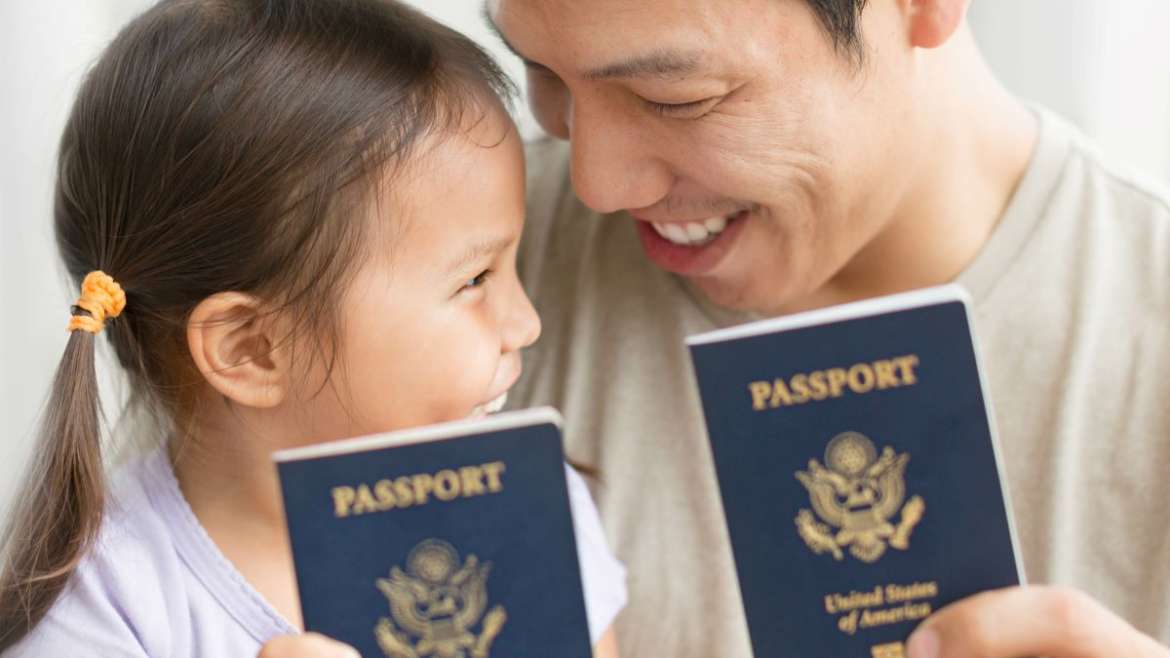Family-based immigration is a key pathway for reuniting loved ones and strengthening communities. This blog explores the main categories, eligibility requirements, and essential insights to help you navigate the process of sponsoring a family member or applying for permanent residency.
What is Family-Based Immigration?
Family-based immigration allows U.S. citizens and lawful permanent residents (LPRs, also known as green card holders) to sponsor certain relatives to immigrate to the United States. Family unification has been a core principle of U.S. immigration law for decades, reflecting the belief that families are the backbone of society.
Through family sponsorship, eligible relatives can become LPRs and eventually apply for U.S. citizenship. However, family-based immigration is not one-size-fits-all. It’s structured into two main categories with varying levels of priority and processing times.
The Two Major Immigration Categories
1. Immediate Relatives
The Immediate Relatives category is reserved for close family members of U.S. citizens. This is one of the fastest paths to obtaining a green card since it does not have annual numerical caps, meaning there’s no limit to the number of visas they can issue each year under this category.
Eligible Relationships:
- Spouse of a U.S. citizen
- Unmarried children under 21 of a U.S. citizen
- Parents of a U.S. citizen (if the petitioner is at least 21 years old)
This category benefits from shorter waiting times compared to other routes, making it one of the most desirable options for families seeking reunification.
2. Family Preference Categories
The Family Preference category, unlike the Immediate Relatives category, has annual quotas, which slows down processing times. This category is divided into four preference levels based on relationships and prioritization.
Family Preference Categories:
- F1 (First Preference)
Unmarried sons and daughters (21 or older) of U.S. citizens
Annual cap: 23,400 visas
- F2 (Second Preference)
Spouses and unmarried children (under 21) of lawful permanent residents (LPRs)
Annual cap: 88,000 visas for spouses and minor children.
Note: F2 is further divided into two subcategories:
- F2A for spouses and minor children of LPRs
- F2B for unmarried adult children (21 or older) of LPRs
- F3 (Third Preference)
Married sons and daughters of U.S. citizens
Annual cap: 23,400 visas
- F4 (Fourth Preference)
Siblings of U.S. citizens (if the petitioner is at least 21 years old)
Annual cap: 65,000 visas
Because these categories have annual limits, wait times can be significant, especially for certain countries where demand is high.
Key Differences Between Immediate Relatives and Family Preference Categories
| Feature | Immediate Relatives | Family Preference Categories |
| Annual Cap | No numerical limit | Subject to annual quota |
| Processing Time | Relatively fast | Varies by preference level and applicant’s country of origin |
| Eligibility | Close family relationships | Broader relationships but more limited availability |
Sponsor Requirements
To sponsor a family member, petitioners must meet specific criteria:
- U.S. Citizenship or Green Card Holder:
- Immediate Relatives must be sponsored by U.S. citizens.
- Some Family Preference petitions (like F2) can be filed by lawful permanent residents.
- Financial Requirements:
Sponsors must show they can financially support the person they’re sponsoring by meeting the income threshold of at least 125% of the Federal Poverty Guidelines. This is done through submitting Form I-864, Affidavit of Support.
- Proof of Relationship:
Documents like birth certificates, marriage certificates, or DNA tests may be required to confirm the relationship between the sponsor and the beneficiary.
What Documents Are Required?
To file a family-based immigration petition, you’ll need forms and supporting documents such as:
- Form I-130 (Petition for Alien Relative) filed by the sponsor.
- Proof of U.S. citizenship or LPR status (passport, naturalization certificate, or green card).
- Evidence of familial relationship (e.g., marriage certificates, birth certificates, or other legal records).
- Financial documents to meet the income requirement, including tax returns and pay stubs.
Each case is unique, and a spouse visa lawyer can help ensure all requirements are met, especially if immigration officers request additional evidence to process an application.
Conclusion
Family-based immigration can feel overwhelming due to the various categories, rules, and paperwork involved. However, with the right information and guidance, you can successfully reunite with your loved ones and start a new chapter together.

